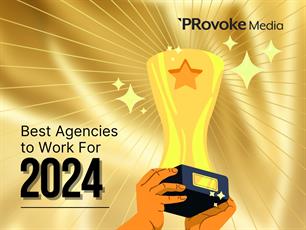Arun Sudhaman 03 Jun 2011 // 8:09AM GMT
Recently, the New Yorker declared the ambitious Pepsi Refresh Project a “failure.”
For anyone unfamiliar with the programme, Pepsi Refresh was the food giant’s 2010 marketing campaign, which saw it eschew traditional advertising (dropping its usual Super Bowl spots) in favour of a crowd-sourced CSR push.
Consumers were asked to vote online for various causes, and Pepsi put up $20 million to fund the most popular ideas. By any measure, engagement was phenomenal, resulting in 61 million votes and 1.6 million comments. The campaign also snared the Platinum SABRE Award at our North American awards.
However, the New Yorker believes Pepsi Refresh was a failure because Pepsi’s sales declined during the year, and it lost its coveted number two soft drink spot to Diet Coke. Coca-Cola, by comparison, opted for a more traditional mix of marketing spend in 2010.
I can’t help but feel that the New Yorker is judging Pepsi Refresh on the wrong criteria. CSR campaigns, presumably, are not solely designed to boost short-term sales. We know that people are more likely to buy products from companies that have better reputations - but reputations themselves take a long time to form and change. Any view of the stakeholder value accruing from Pepsi Refresh, to my mind, must take a longer view than a 12-month sales cycle.
I reached out to Fenton Communications CSR head Susan McPherson, who also pointed out that any CSR programme must also be viewed through the prism of employee engagement and retention. About Pepsi Refresh, McPherson also had this to say, specifically:
I give Pepsi great credit for developing a new approach and opening up the whole new market for crowd-sourced philanthropy. However, I do feel the program fell short by teeing up so many worthy nonprofits who went to their donor bases repeatedly asking for “votes.” Doing so used up goodwill and caused donor fatigue and if the nonprofit didn’t win, it was left in a precarious position.Encouragingly, Pepsico is sticking with the project in 2011, expanding it internationally and backing it with the same $20 million budget. Or do you think it has been a failure? Let us know.


































.jpg)

















